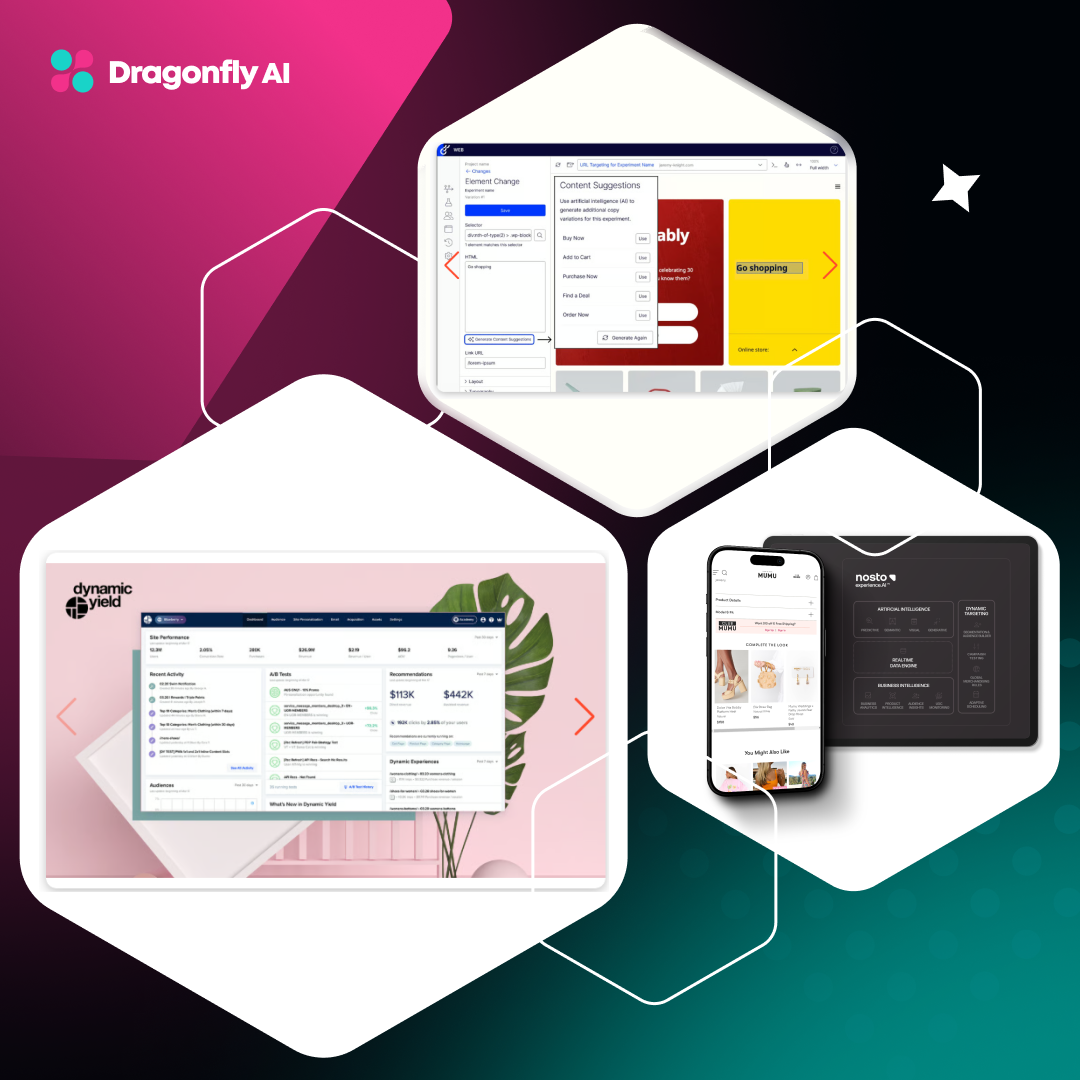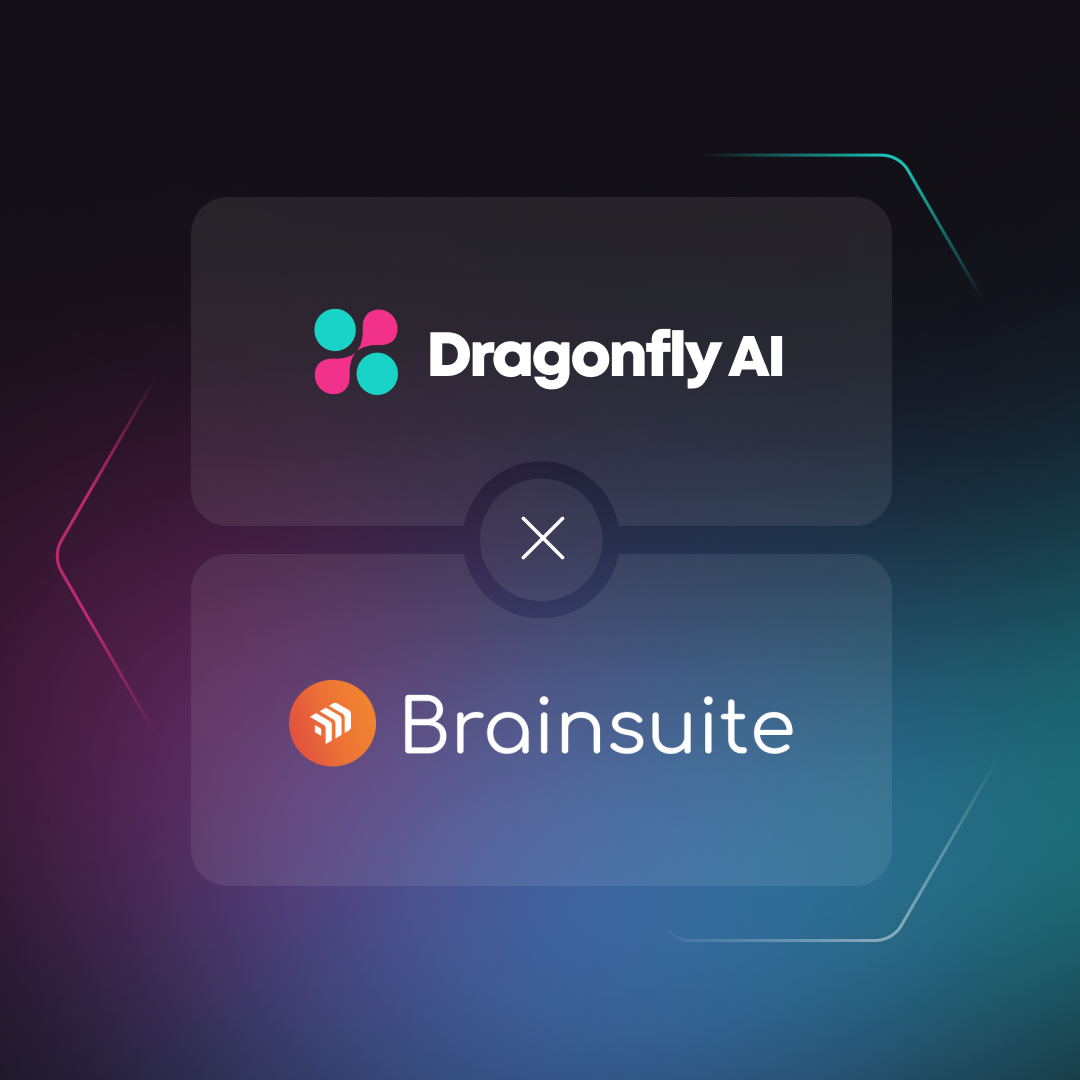If you're in marketing, you've probably heard it a million times: CRO and A/B testing will change your life (or at least your conversion rates). But with so many tools out there – from classic split-testing software to the shiny new AI solutions – finding the right fit can feel overwhelming. Here's your shortcut: we're breaking down today's best CRO and A/B testing tools, including AI-powered options that actually deliver results.
From classic analytics to AI insights, the tools marketers need now
Conversion rate optimization (CRO) relies heavily on great data and smart insights. Traditional analytics platforms like Google Analytics or Hotjar show you what's happening on your website, be it tracking clicks, scrolling, heatmaps, or bounce rates.
User testing tools like UserTesting or Maze then dig deeper into why it’s happening. But to really stand out, brands are now turning to AI-driven solutions like Dragonfly AI (more on us later) act as the cherry on top and going beyond basic analytics by predicting exactly where customers' attention will land for more clarity on how real users see your pages without the guesswork.
Why marketers are turning to AI-driven CRO
AI-driven CRO solutions have moved quickly from being experimental extras to essential parts of the toolkit. They're smart enough to crunch huge data sets in seconds, spotting patterns and opportunities human analysts might overlook.
Rather than simply reacting to user behavior, AI anticipates it and gives marketers actionable predictions about what will resonate most effectively. Tools in this space help optimize layouts, messaging, or design choices by simulating real user attention and engagement. It's an evolution that's shifting CRO from educated guesses towards data-backed decisions.
What does that look like in real life?
Let’s say you’re launching a landing page. Usually, you'd rely on historical data and gut instinct to decide which layout or headline feels right. With AI-driven CRO, however, you quickly test multiple options by simulating how users might react to predict precisely where they'll look first or lose interest fastest.
It means fewer costly live experiments and faster results, because you're focusing your efforts on where they'll have the greatest impact, whether it's optimizing a call-to-action button or tweaking the visual hierarchy.
CRO and A/B testing tools to check out
Picking the right CRO and A/B testing tools isn't about getting whatever software everyone's talking about at the moment. It depends heavily on your business goals and who your audience actually is. Get that choice right, and you'll see clearer insights leading directly to better conversions.
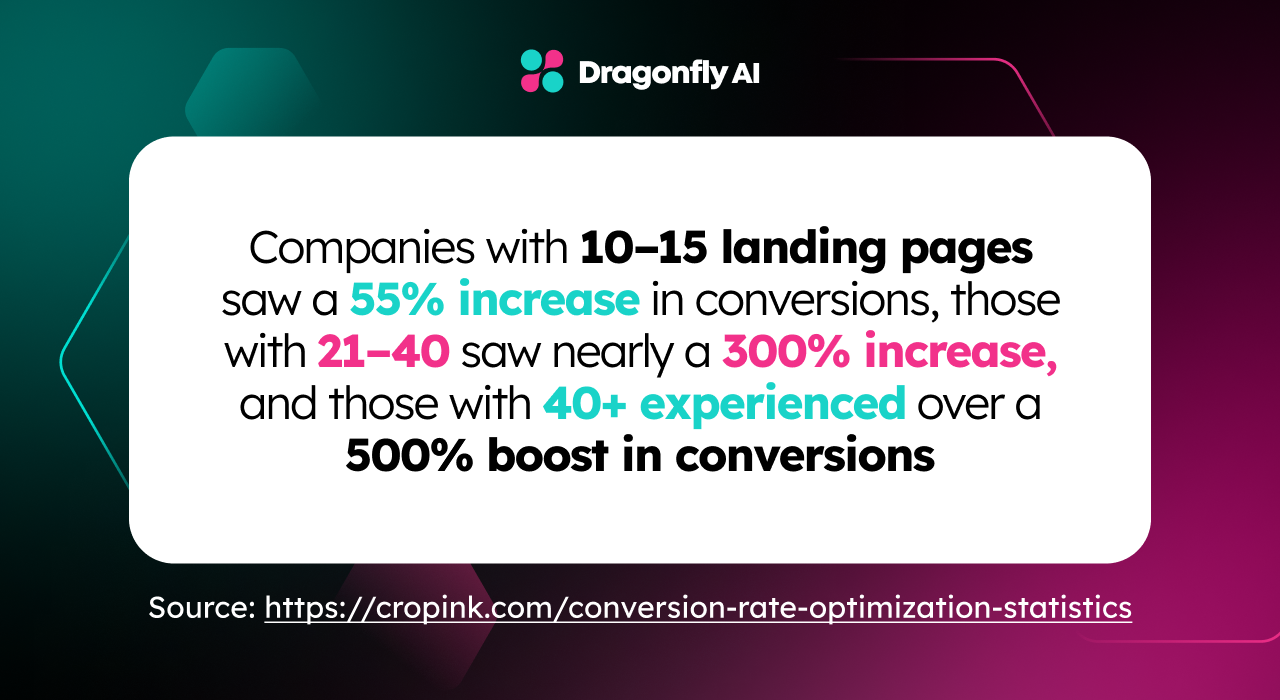
CRO tools
From Hotjar to VWO, these are some of the best CRO tools on the market
Hotjar
Hotjar is popular because it shows marketers exactly what visitors are doing on their sites. You get heatmaps showing clicks and scrolling behavior, plus video recordings of user sessions. It’s visual proof of what is working and what is not.

Crazy Egg
Crazy Egg is another strong choice, known best for its detailed click tracking. It lets marketers see precisely where visitors lose interest or get confused. Crazy Egg also includes A/B testing functionality within the platform, making it a convenient choice.

VWO
VWO (Visual Website Optimizer) helps marketers run multiple experiments with ease. It combines user behavior analysis with split testing to help figure out exactly why visitors are or aren’t converting. VWO works well for companies looking for in-depth testing without complicated setups.
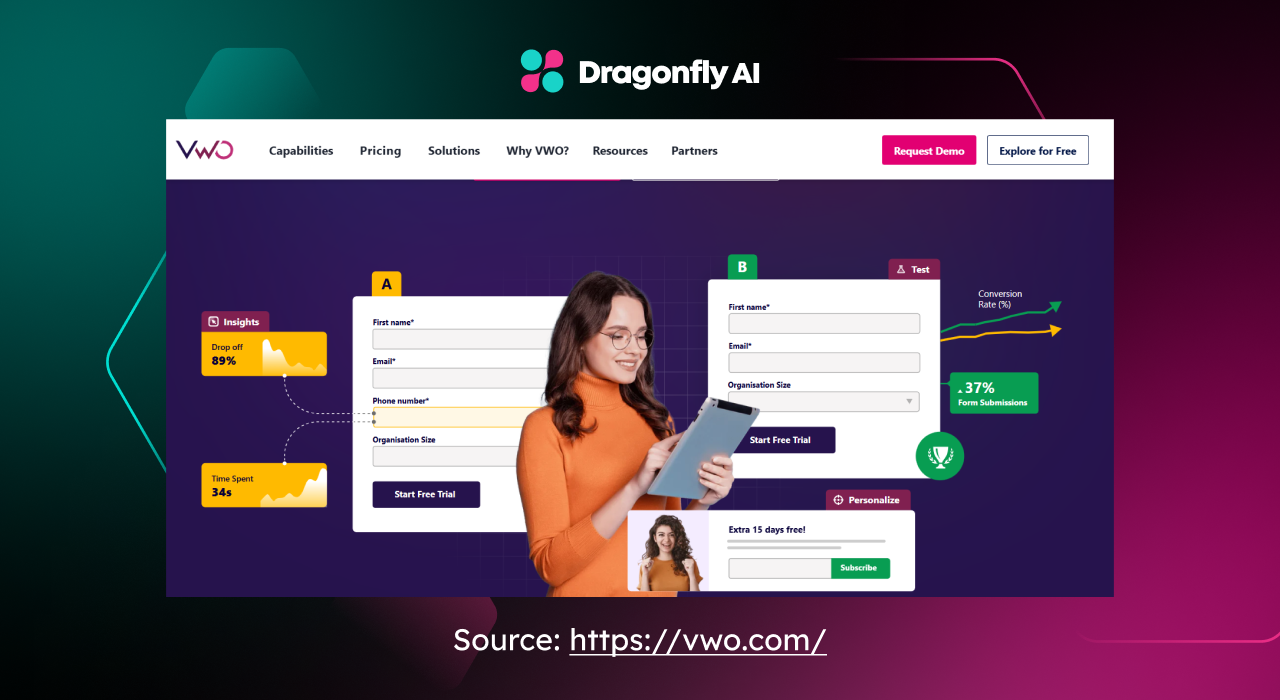
Optimizely
Optimizely is popular with bigger brands because it can handle extensive tests across multiple channels. It offers personalized content delivery and advanced targeting based on user behavior, making it good for marketers serious about deep optimization.

A/B testing tools
Unbounce
Unbounce is focused entirely on landing pages. Its drag-and-drop builder means you don’t need code to launch tests, and the A/B testing is straightforward. Unbounce is ideal if your priority is speed and simplicity.
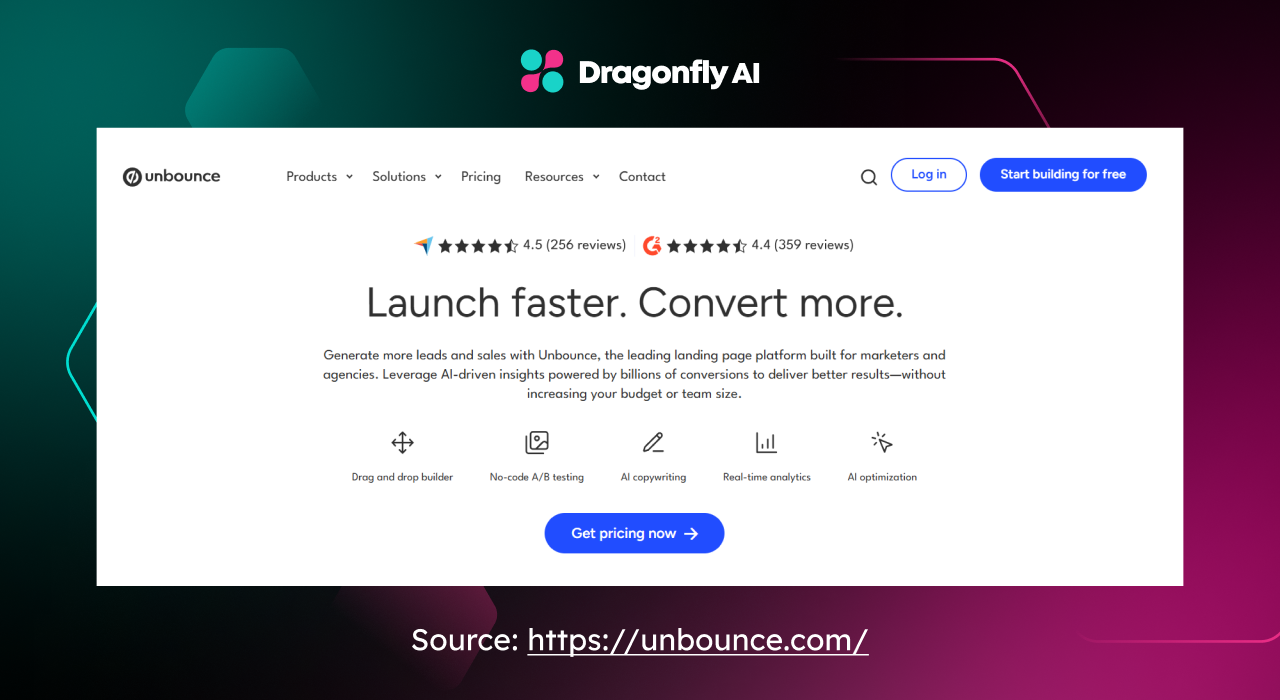
Adobe Target
Adobe Target suits larger organizations looking to run sophisticated experiments. It integrates well with Adobe’s ecosystem, which can streamline complex personalization efforts. Adobe Target also leverages machine learning for automated content optimization.

AB Tasty
AB Tasty appeals to marketers who prefer ease of use alongside solid testing capabilities. It lets you test web elements quickly, customize user experiences, and react fast to changing visitor behaviors.

Kameleoon
Kameleoon uses AI to optimize websites and apps in real-time. It’s designed for marketers who need detailed insights into user preferences and immediate adaptation. It’s a good pick if predictive analytics matter to your strategy.
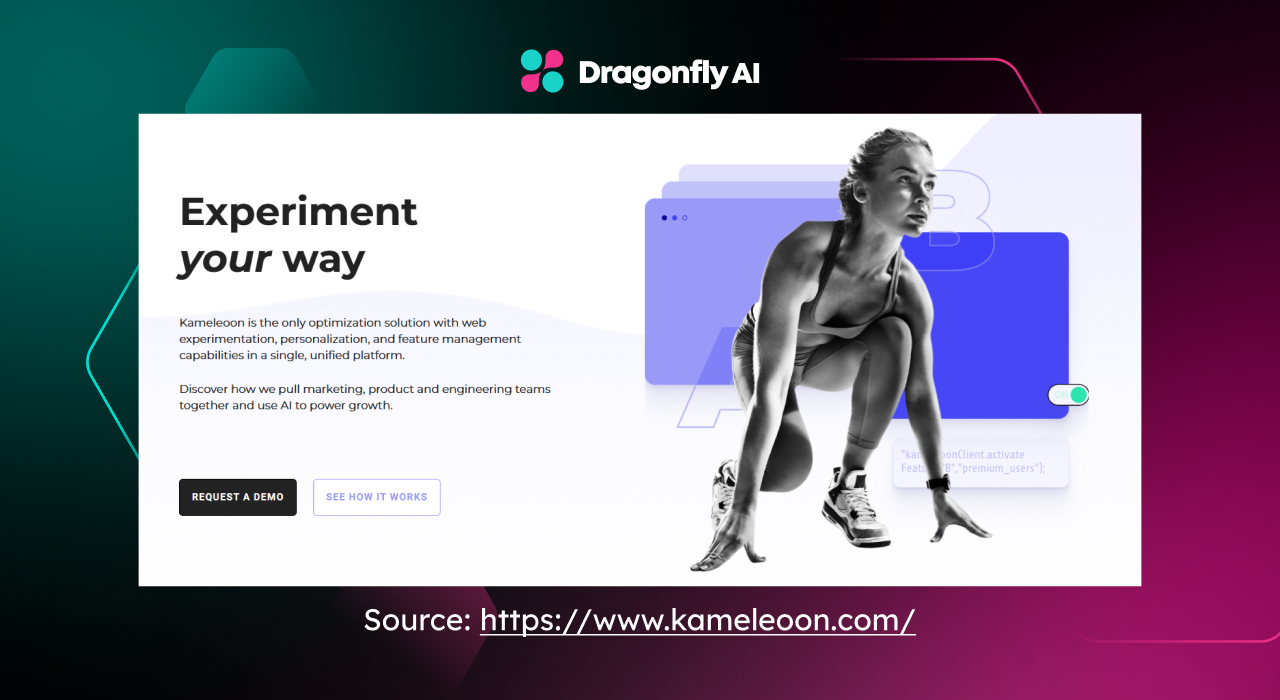
Convert Experiences
Convert Experiences offers reliable, privacy-focused testing aimed at larger enterprises. It provides precise audience targeting and segmentation tools, which makes it suitable for marketers who deal with complex experiments regularly.
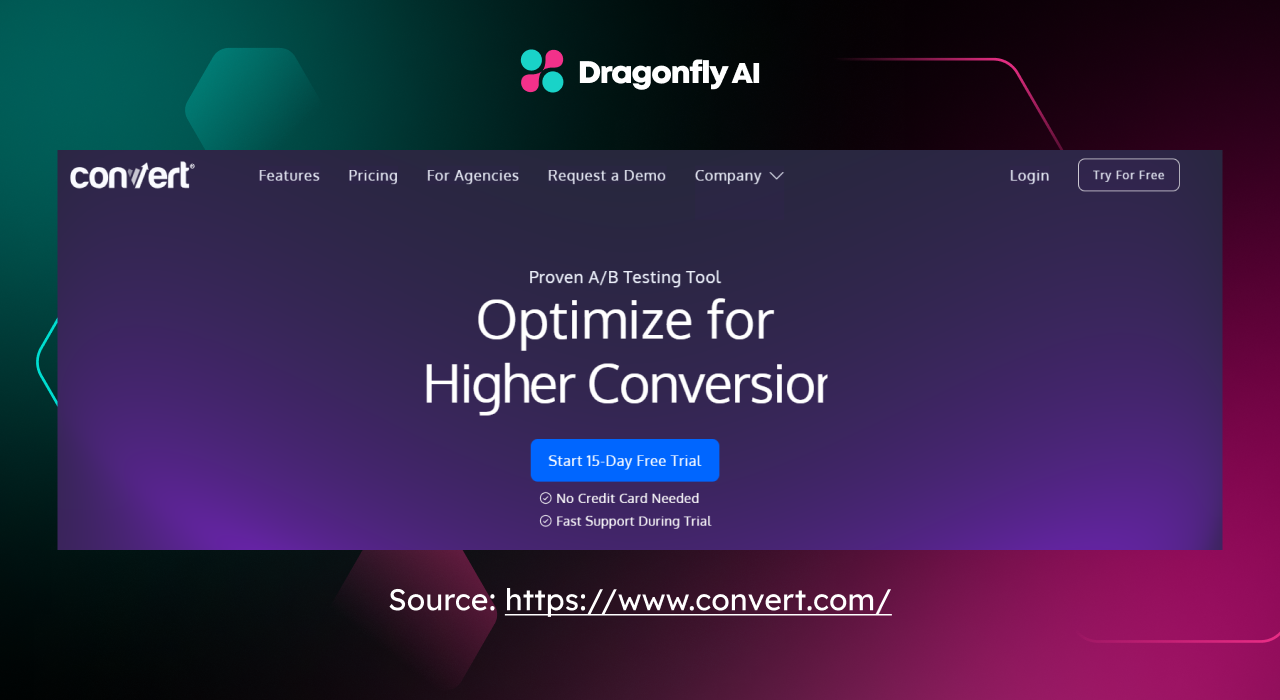
Apptimize
Apptimize specializes in mobile testing. It's great for brands focused primarily on mobile app experiences because it helps optimize features without heavy technical resources. Apptimize also supports consistent testing across different devices and platforms.
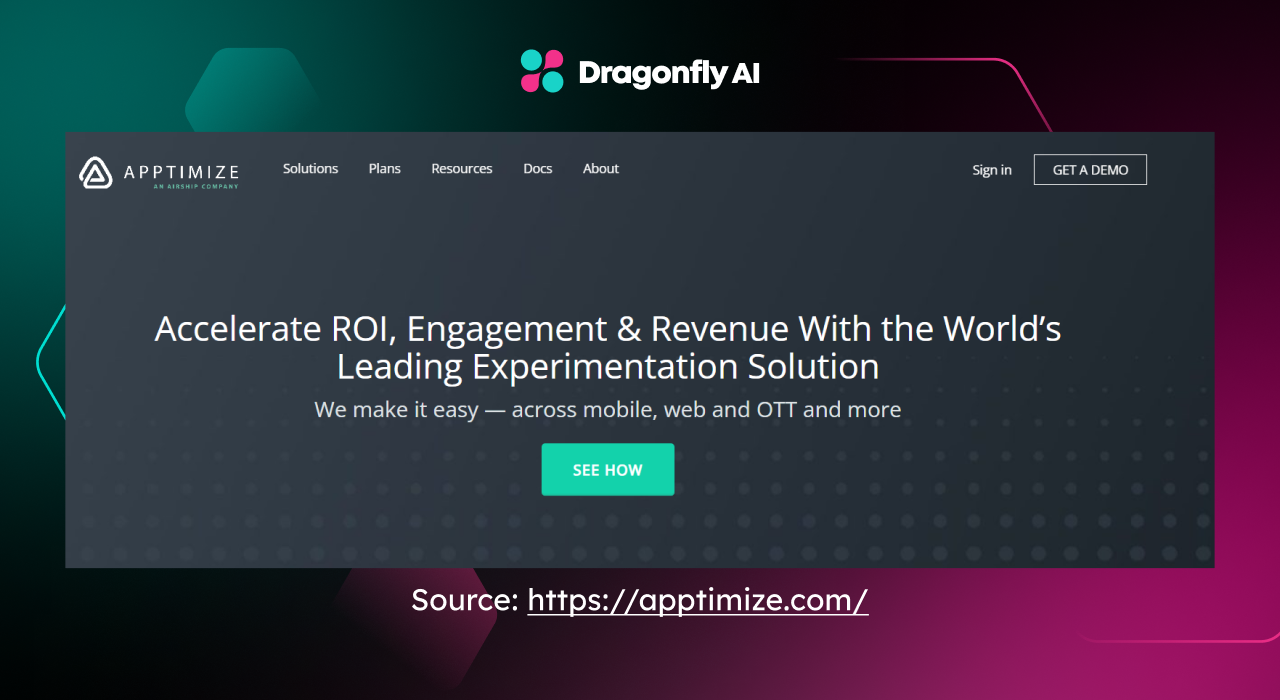
Predicting attention before it happens with Dragonfly AI
Most tools wait for user data to roll in before offering insights when it comes to CRO and A/B testing. Dragonfly AI flips that script. It predicts where attention will go before a single click happens. Using a patented algorithm inspired by visual neuroscience, it forecasts how people will interact with your creative content, whether it's a landing page, social ad, or product packaging.
This isn't about waiting weeks for test results. Dragonfly AI provides instant feedback so teams can make data-informed decisions during the design process. It integrates seamlessly with tools like Figma and Adobe XD, fitting into existing workflows without disruption.
Brands like Reckitt and Unilever have used Dragonfly AI to refine their creative assets, leading to measurable improvements in engagement and conversion rates. Predicting attention patterns means marketers can optimize content before launch, while reducing guesswork and enhancing performance.
Capturing user attention has become increasingly challenging, Dragonfly AI offers a proactive approach and anticipates future interactions while optimizing accordingly.
Learn more about how Dragonfly AI focuses brands attention on the right details
